
Australian native gardens have never been more popular, when the winner of the prestigious RHS Chelsea Garden Show proved last year.
Not only are they sustainable, with lower maintenance requirements than other gardens, but also native plants are surprisingly easy to maintain and propagate, they’re fauna friendly and are generally less water hungry than other plants.
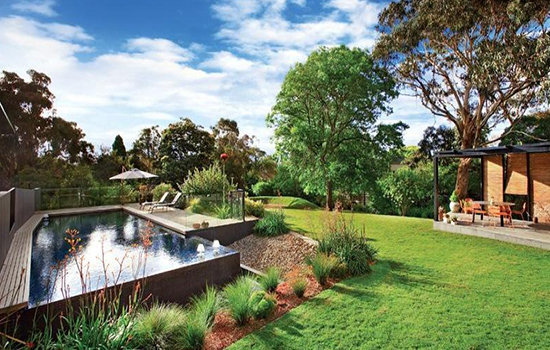
The richness and diversity of the Australian landscape also means that there are native plants to suit almost any garden situation, and any climate.
Here’s a few tips to get you started:
Plan your garden with your environment in mind
Have a think about the general weather patterns of your neighbourhood during the seasons. Do you experience several stinking hot days over Summer? Does it ever drop below zero in Winter? It’s wise to try to group the same kinds of plants together to form an ecosystem like they might experience in the wild.
Most Australian plants enjoy heat, but there are many from cooler regions that tolerate frost. Dry landscape species tend to prefer sun exposure. Many forest species tolerate shade, but grassland plants don’t like it. The most environmentally friendly approach is to choose indigenous species – plants that grow naturally in your local area.
The most environmentally friendly approach is to choose indigenous species – plants that grow naturally in your local area
These plants will be perfectly adapted to the local climate and soil, making them easy to grow.
There are a number of styles you could embrace, such as:
- Desert – Australia has a number of native succulents, shrubs and flowering flora that are suitable for growing in more arid regions of the country. Hardy plants such as the MacDonnel Ranges Cycad, the classic ghost gum, or a native daisy are great choices – you could even try your hand at growing the iconic Sturt’s Desert Pea.
- Coastal – choose plants that thrive in strong sun, salty winds and sandy soils such as Coastal Rosemary, the Dwarf Bottlebrush, or Melaleuca (Tea Tree). Many double as excellent windbreaks.
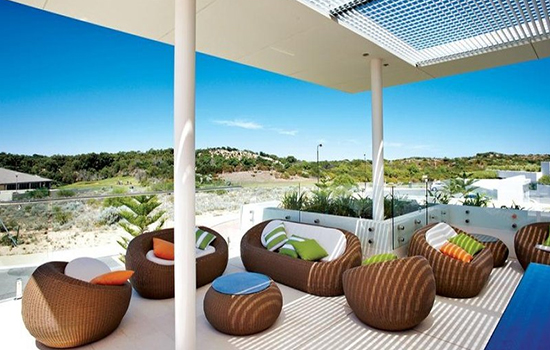
- Grassland – native grasses make for attractive and effective landscaping, especially amongst a rockery. Foliage can be erect, falling, flexible or rigid. It’s even possible to create a water-wise native grass lawn. Suitable species include weeping grass, wallaby grass, kangaroo grass and red grass.
- Tropical – tropical gardens are very popular up north and for those of us lucky enough to have a pool. There’s a huge variety of foliage and flora to choose from, such as the Bangalow Palm or Australian Fan Palm, or long flowering species like Bromiliads and Birds of Paradise, which look great indoors and out.
- Bushland Retreat – inspired by areas such as the Dandenongs or the Blue Mountains, you can find an array of versatile forest plants that will grow in temperate climates. Grevilleas, Eucalypts and Acacia (Wattle) are all very popular.
Read more: Garden design principles
Make it drought hardy
Broadly speaking, Australian soils are structurally weak, nutrient poor and high in salt. This means that while many species appreciate fertiliser, it’s best to use sparingly. Like all gardens, soil preparation is vital. Before planting, dig the ground over well. Where there is clay, add a little gypsum. Your soil need not be rich, but tropical specimens do prefer organic matter. Mulch and manures are preferable to chemical fertilisers as many natives do not like high levels of phosphorus.
The best time to sow seed or plant cuttings is Spring or Autumn. Natives tend to grow best from seed rather than cuttings. In terms of maintenance, native plants generally need very little work but do benefit from the occasional prune after flowering.
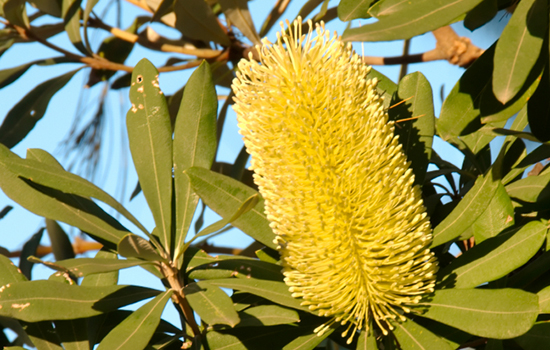
Most native plants do not like wet feet so build up the garden bed slightly to help excessive water drain away. Try to avoid watering in the heat of the day or evening, as plants left wet overnight are more prone to fungal diseases. Plants should be grouped together according to their water requirements.
Plants should be grouped together according to their water requirements.
Make sure new plants are watered sufficiently during their first three months.
A garden that attracts wildlife
Reproducing a small part of the bush in your own garden with the wonderful range of wildlife it attracts can be extremely satisfying. Australian plants that that birds, butterflies and animals adore include:
- Grevilleas, Kangaroo Paw & Banksia are loved by honeyeaters
- Hakeas & Bursaria make great nesting sites
- Pultenaea, Davesia and Platylobium (also known as ‘bush pea) attract finches and parrots
- Native grasses provide finch seed
- Mellicope & Callistemons produce flowers that appeal to butterflies
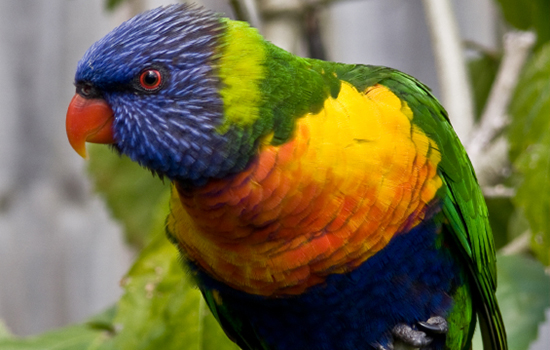
Bushy plants that house lizards & insects can attract kookaburras and other carnivorous creatures, while fruiting trees will prove irresistible to lorikeets and rosellas. If possible, include some water in your bush setting for the animals.
Bush tucker
In recent years native flavours such as lemon myrtle, lilly-pilly and mountain pepper have made their way onto our dinner tables. Why not try a few native edible plants in the garden and introduce them into your own cooking? Popular species include: native passionfruit, finger limes, Davidson plum, native (cinnamon) myrtle and native guava.
Read more: Jamie Durie: tips for outdoor rooms
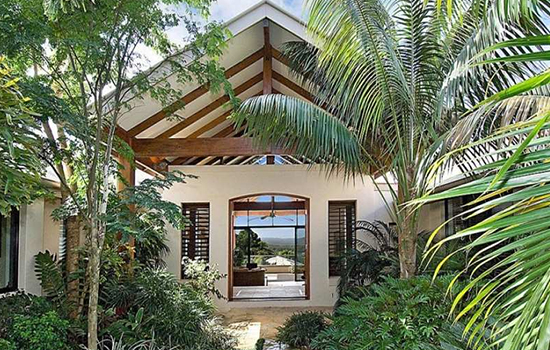
Follow us on Twitter for more news, tips and inspiration. Become our mate on Facebook and explore our Pinterest boards.
Like this article or found it helpful? Share it!